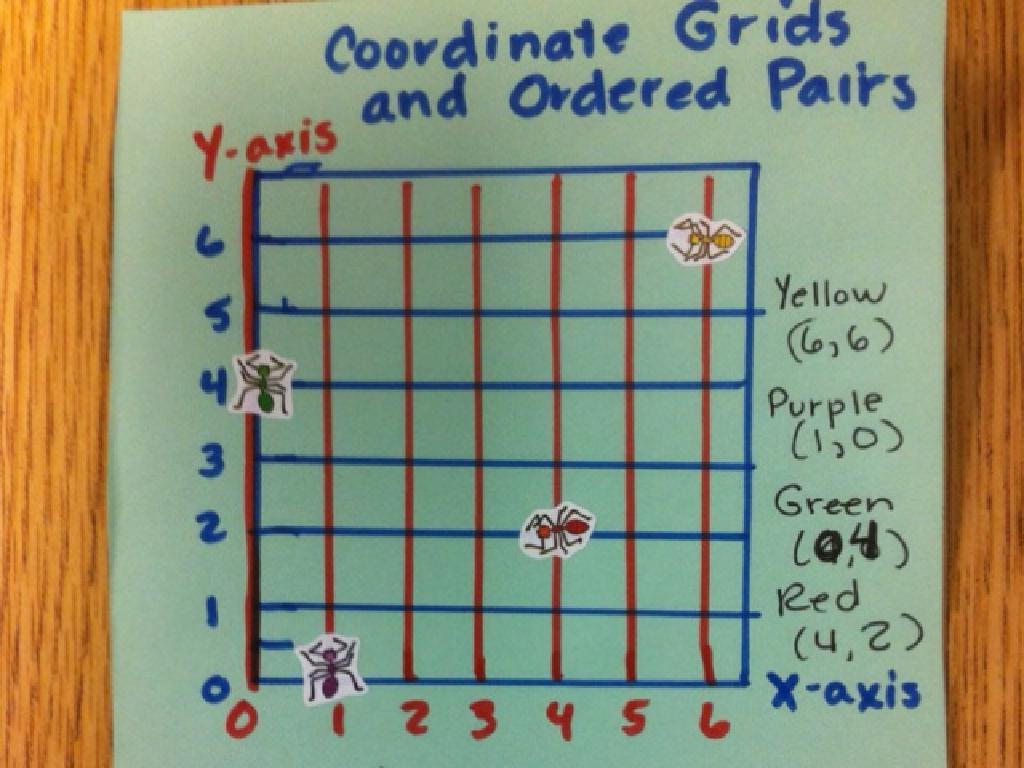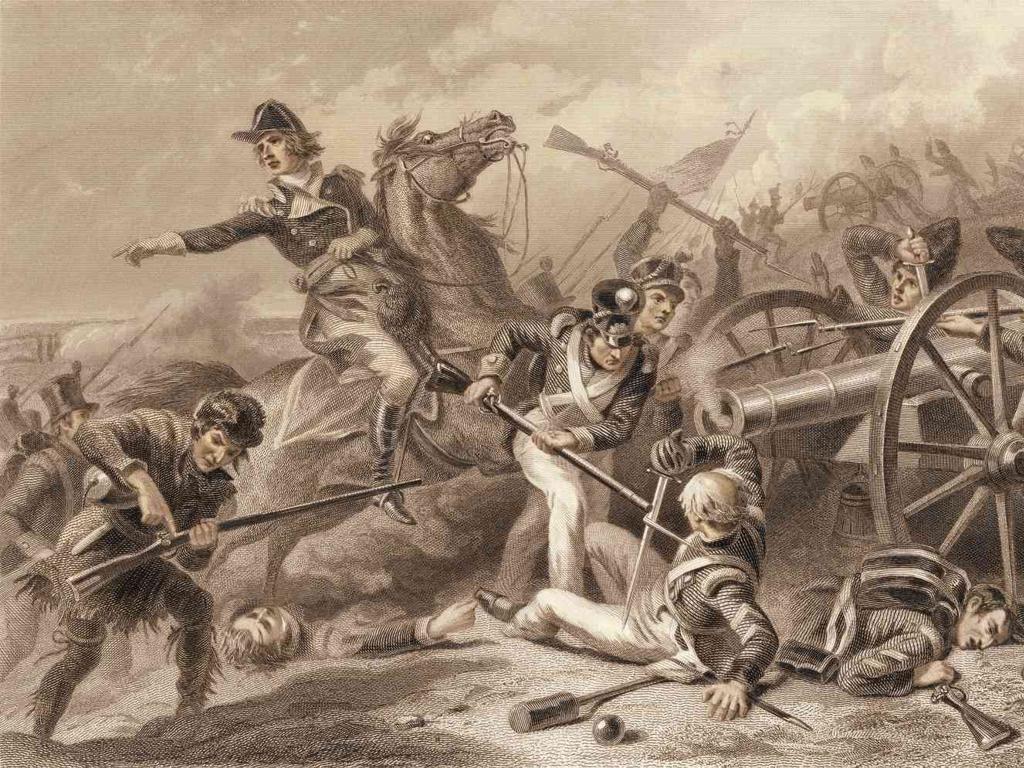Choose The Lowercase Letter That Matches: F, I, J, L, M, T, Y
Subject: Language arts
Grade: First grade
Topic: Lowercase And Uppercase Letters
Please LOG IN to download the presentation. Access is available to registered users only.
View More Content
Welcome to Lowercase Letters!
– Learn about special letters
– Lowercase vs. Uppercase
– Uppercase letters start sentences. Lowercase letters are used most other times.
– Focus on: f, i, j, l, m, t, y
– These letters look different from their uppercase partners.
– Matching game activity
|
This slide introduces first graders to the concept of lowercase and uppercase letters, emphasizing the importance of recognizing and using them correctly. Start by explaining that uppercase letters are used at the beginning of sentences and names, while lowercase letters are used in most other writing. Highlight the specific letters f, i, j, l, m, t, y, and show how their lowercase forms differ from their uppercase counterparts. Engage the students with a matching game where they match lowercase letters to their uppercase versions. This activity will help reinforce their understanding and recognition of these letters in a fun, interactive way. Prepare flashcards with both lowercase and uppercase letters for the activity, and consider working in small groups to ensure each student gets personalized attention.
Matching Lowercase and Uppercase Letters
– What are lowercase letters?
– They are the small forms of letters
– When do we use lowercase?
– Used in most writing instead of capitals
– Each letter has a match
– Lowercase ‘a’ matches uppercase ‘A’
– Practice with f, i, j, l, m, t, y
– Find the big versions of these small letters
|
This slide introduces the concept of lowercase letters to first graders, explaining that they are the smaller versions of the alphabet used in everyday writing. Emphasize that for every big (uppercase) letter, there is a small (lowercase) letter that matches it. Use examples on the board to demonstrate this concept. For the activity, provide students with a worksheet where they can draw lines connecting each lowercase letter to its uppercase counterpart, focusing on the letters f, i, j, l, m, t, and y. Encourage students to practice writing both the uppercase and lowercase versions of these letters to reinforce their understanding.
Meet the Lowercase Letters
– Lowercase vs. Uppercase
– Lowercase letters are often smaller and look different than their big uppercase buddies.
– ‘f’ and ‘F’: Spot the difference
– The lowercase ‘f’ has a cross line, but the uppercase ‘F’ is taller with two cross lines.
– ‘i’ and ‘I’: A little dot
– Lowercase ‘i’ is a single stroke with a dot, while uppercase ‘I’ can be a single line or have top and bottom bars.
– ‘j’, ‘l’, ‘m’, ‘t’, ‘y’: Unique shapes
– Each letter has its own special shape that makes it different from its uppercase partner.
|
This slide introduces first graders to the concept of lowercase letters and their differences from uppercase letters. Emphasize the unique features of each letter, such as the dot on the ‘i’ and the cross line on the ‘f’. Use visual aids like flashcards or a whiteboard to show each letter pair. Encourage students to practice writing both the lowercase and uppercase versions of each letter. Activities can include matching games, tracing letters, and identifying letters in their favorite books. The goal is for students to recognize and write these letters confidently.
Letter Match-Up Activity!
– Match lowercase to uppercase
– Draw lines from f to F
Find the big F and draw a line to the small f
– Connect i to I, j to J, and more
Look for each big letter and its small friend
– Practice with l, m, t, y
Get ready to show your matching skills next class!
|
This slide introduces a fun and interactive activity for first graders to practice matching lowercase letters to their uppercase counterparts. The activity will help reinforce their understanding of the alphabet and the concept of uppercase and lowercase letters. Provide students with a worksheet that has lowercase letters on one side and uppercase letters on the other. Encourage them to draw lines connecting each lowercase letter to its uppercase match. This activity can be done in class or at home. For the next class, plan to review the matches together and praise students for their efforts. This will build their confidence in letter recognition.
Practice Time: Find the Lowercase
– Look for lowercase letters in a mix
– Circle lowercase: f, i, j, l, m, t, y
– Find and circle f, i, j, l, m, t, y in your book
– Understand the difference in shapes
– Lowercase letters are often smaller and look different than uppercase
– Practice makes perfect
|
This slide is for a class activity where students will practice identifying lowercase letters among a mix of uppercase and lowercase. The activity will help them recognize the shape and form of lowercase letters, which is essential for reading and writing. Teachers should prepare a worksheet with a mix of letters, or use a book with a variety of letters. Encourage students to look carefully at the size and shape of each letter to distinguish between uppercase and lowercase. After the activity, review the letters together and discuss any challenges the students faced. This hands-on practice is crucial for developing their understanding of the alphabet.
Writing Lowercase Letters
– Practice writing lowercase letters
– Focus on: f, i, j, l, m, t, y
– These letters have unique shapes and sounds
– Use your practice sheets
– Make sure to stay within the lines
– Take your time and do your best
– Neatness counts, but it’s okay to make mistakes
|
This slide is for a class activity where first-grade students will practice writing specific lowercase letters. The letters f, i, j, l, m, t, y have been chosen for their distinct shapes, which can help students differentiate between various letter forms. Provide students with practice sheets that have dotted lines to guide their writing. Encourage them to take their time and focus on the shape of each letter. Remind them that it’s okay to make mistakes and that practice will help them improve. For the activity, you can have students trace the letters first and then try writing them on their own. Offer praise for effort and improvement, not just for perfect writing.
Class Activity: Letter Hunt!
– Let’s hunt for letters in our room
– Find objects starting with f, i, j, l, m, t, y
– For example, ‘f’ for ‘fan’ or ‘t’ for ‘toy’
– Think about the sounds each letter makes
– Share your objects with our friends
|
This activity is designed to help first graders recognize and match lowercase letters with objects around them. It encourages them to explore their environment and associate letters with the beginning sounds of words. Teachers should facilitate the hunt by guiding students to look for items in the classroom that start with the letters f, i, j, l, m, t, and y. After the hunt, each student will have the opportunity to present their findings to the class, reinforcing their understanding of the sounds each letter makes. Possible variations of the activity could include drawing items found, creating a classroom alphabet book with the objects, or even extending the hunt to the school library or playground.
Celebrating Lowercase Letters
– Congratulations on learning lowercase!
– Practice makes perfect
– The more you write, the better you’ll get!
– Spot lowercase letters daily
– Find letters in books, signs, and labels
– Keep learning and having fun
|
This slide is meant to congratulate the students on their hard work learning about lowercase letters and to encourage them to continue practicing. Emphasize the importance of practice in mastering the recognition and writing of lowercase letters. Encourage them to look for these letters in their environment, such as in books, street signs, and product labels, to reinforce their learning. Keep the atmosphere positive and celebratory to motivate the students to keep learning with enthusiasm.






